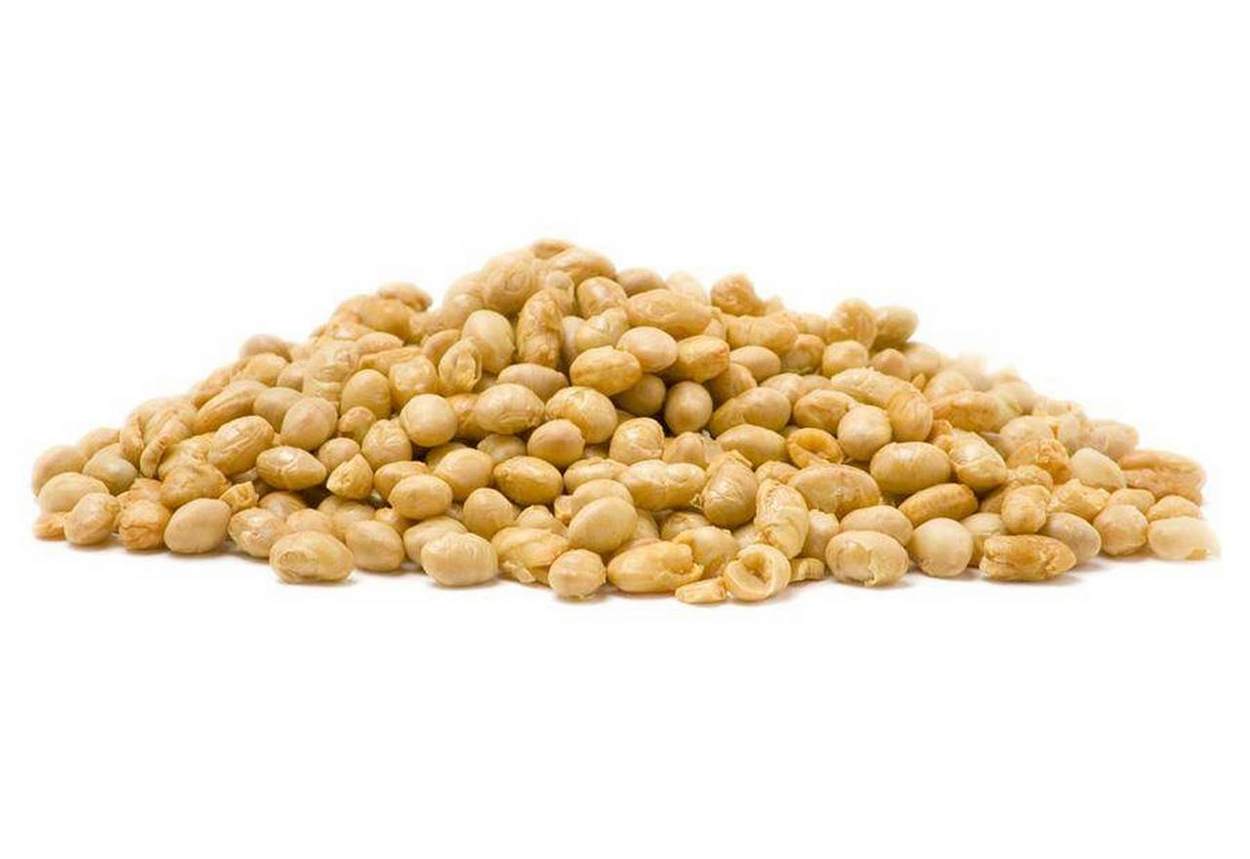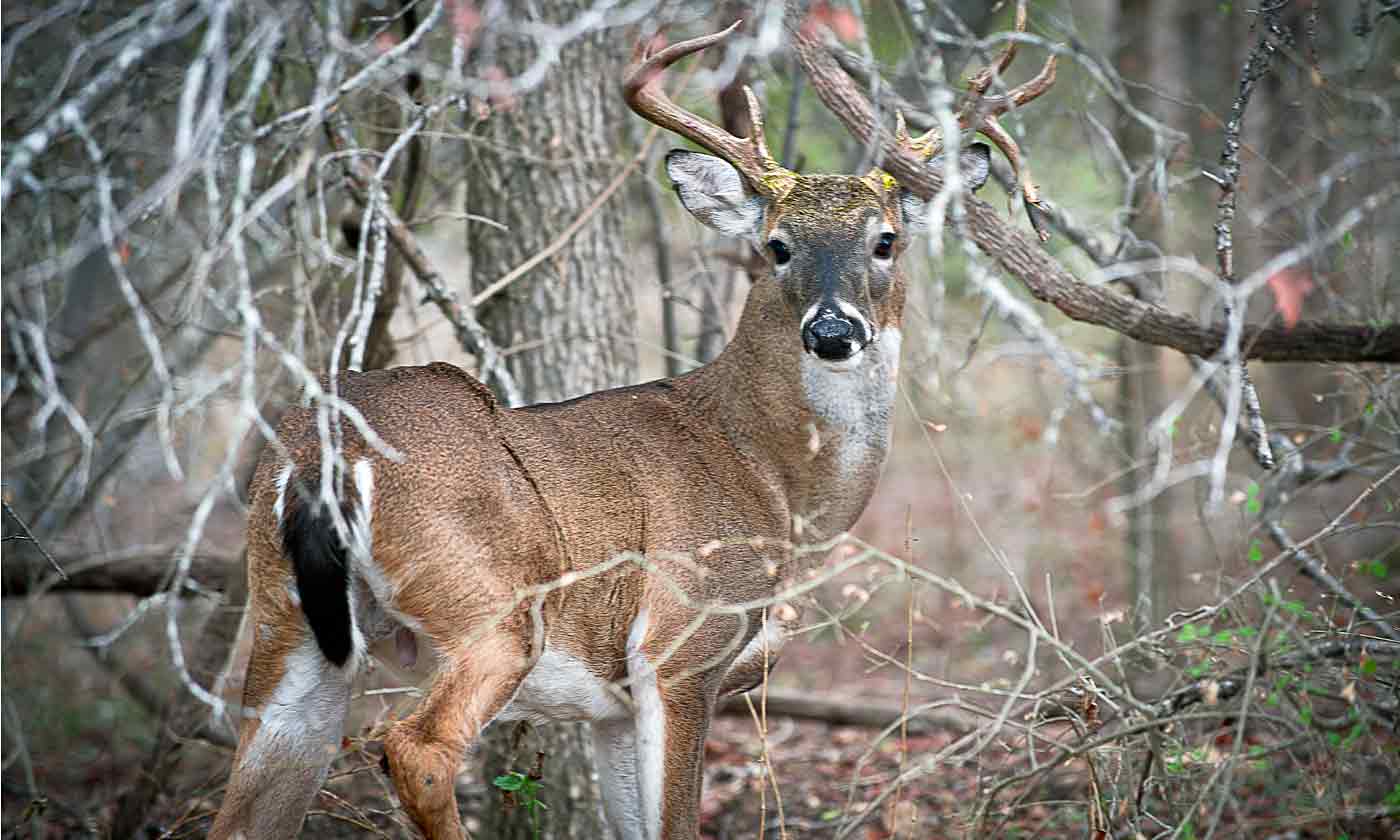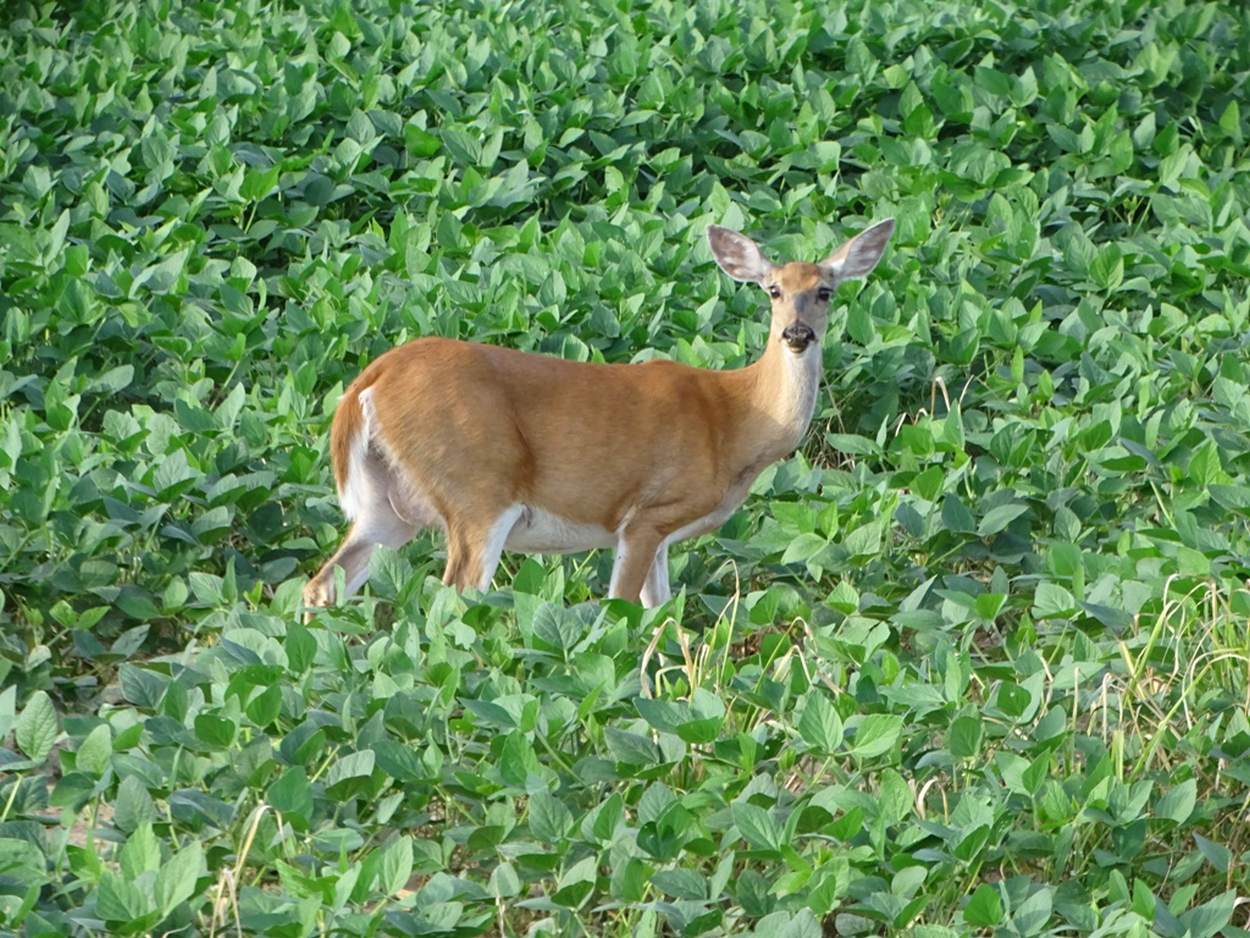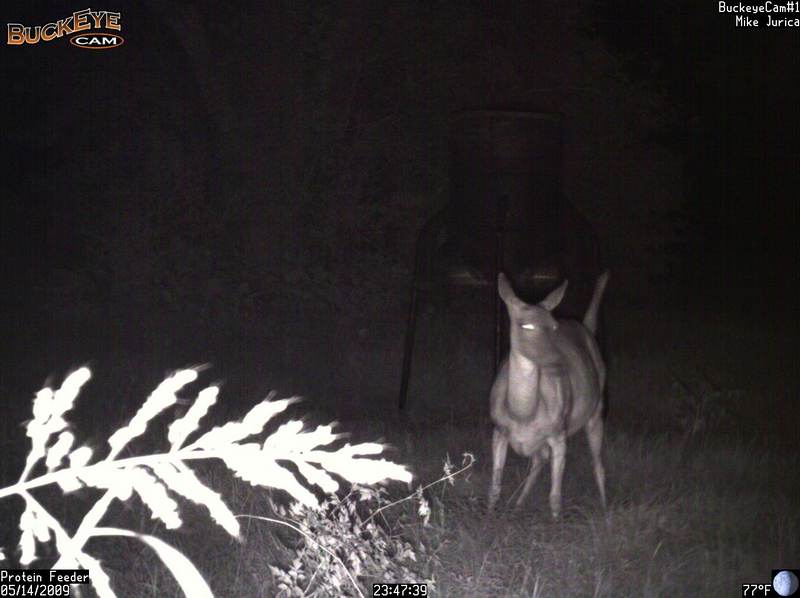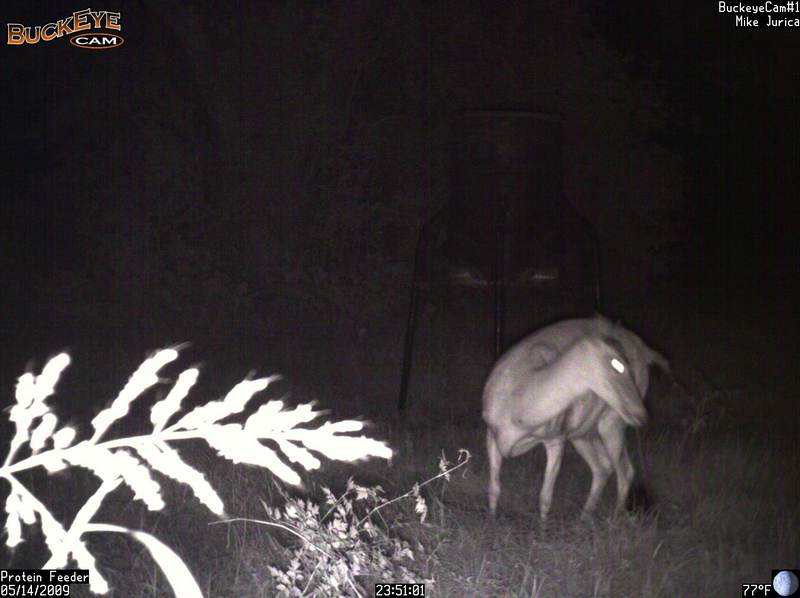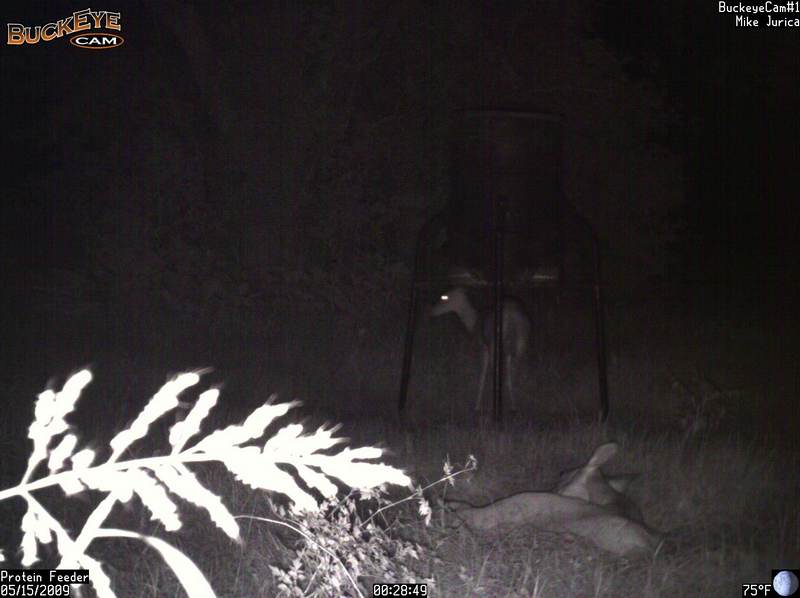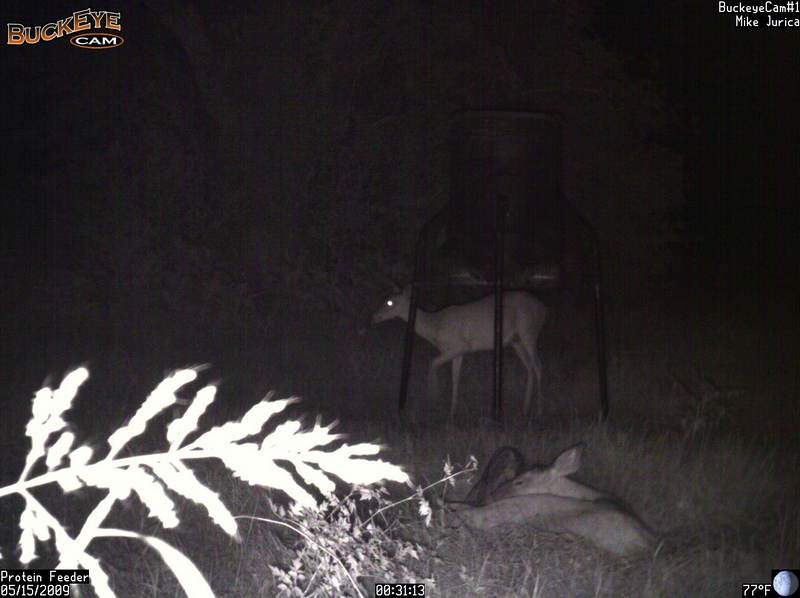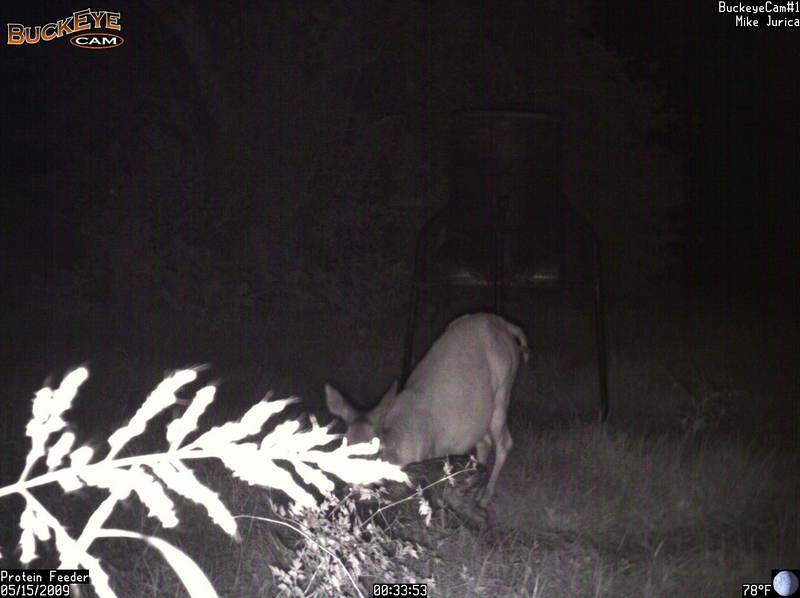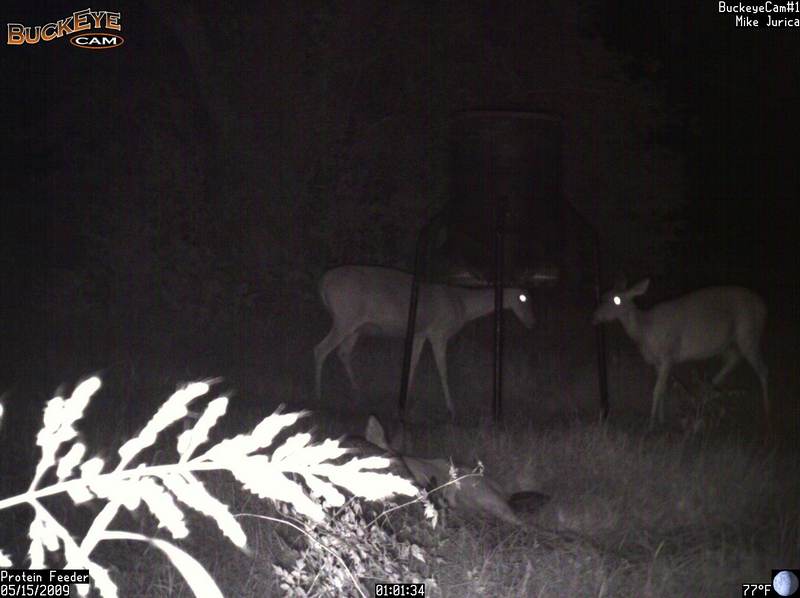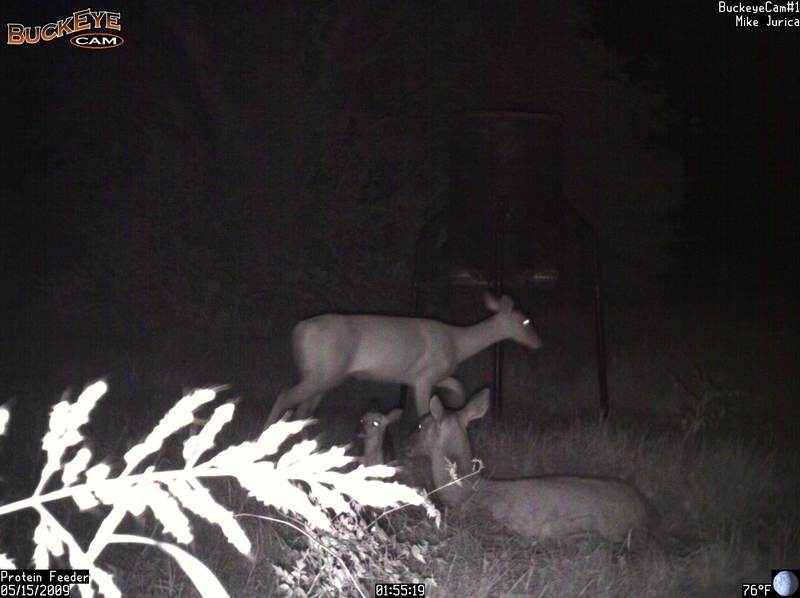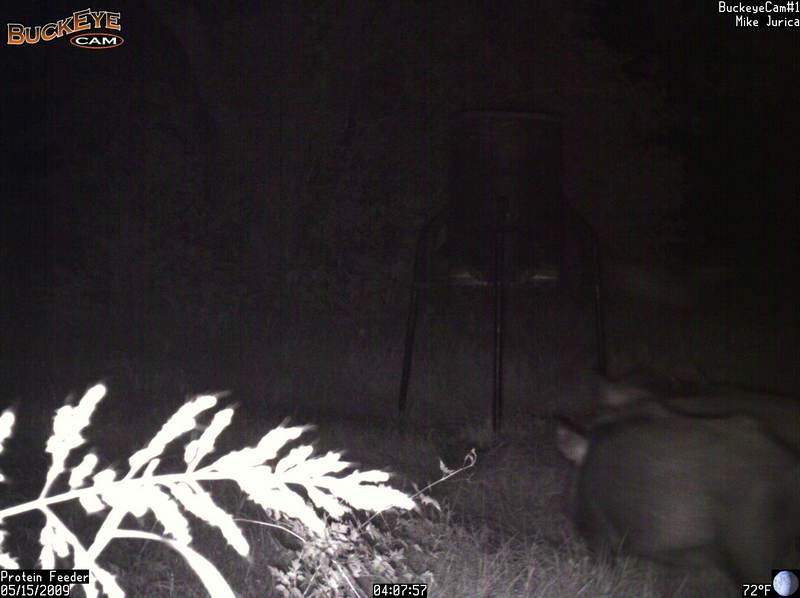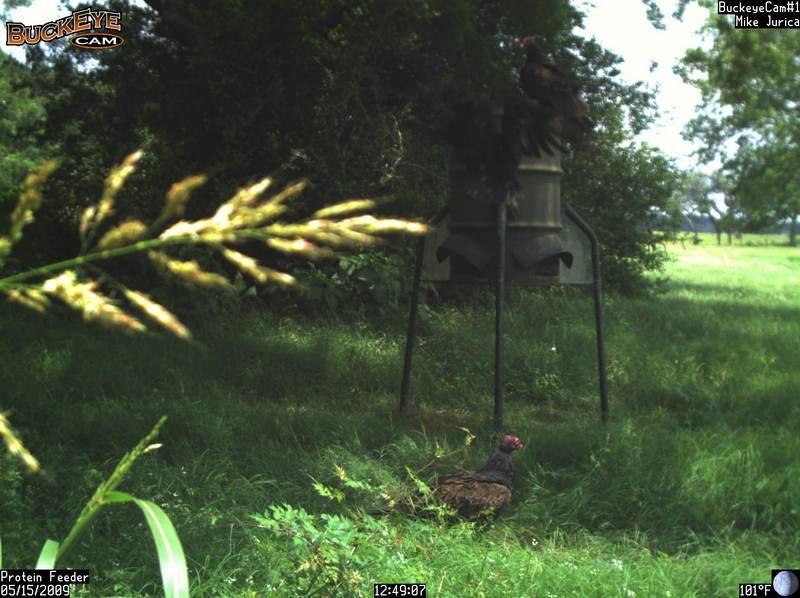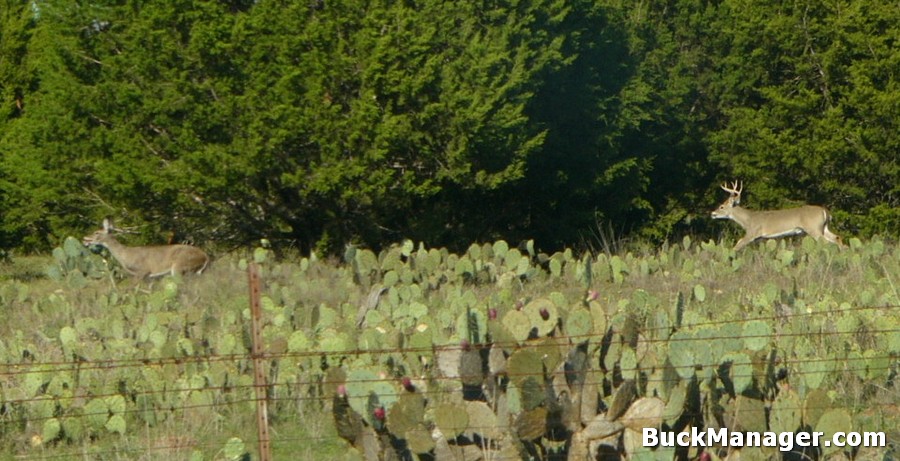Aldo Leopold wrote in his 1933 textbook titled Game Management, “The central thesis of game management is this: game can be restored by the creative use of the same tools which have heretofore destroyed it: axe, plow, cow, fire, and gun. Management is their purposeful and continuing alignment. ” The key to managing natural resources and specifically deer habiat is to use a holistic approach, where these “tools” and others are applied to develop, maintain and manage healthy ecosystems. Although you may be focused on whitetail deer management, remember that single species deserve less attention, while the system in which they thrive requires more.
Axe for Wildlife Managment
The axe is synonymous with methods and techniques used to manage woody vegetation. Land is under constant change due to the cumulative influences of man and his land uses. Overgrazed rangelands often lead to the invasion by woody species such as Ashe juniper, mesquite, oak species, greenbriar, or prickly pear cactus, often to the point of diminishing value as wildlife habitat.
Openings, clearings and areas once dominated by native grasses often become infested with juniper and mesquite which over time dominate the landscape. Areas that historically were kept as open grasslands by fire now support growth of woody plants or other nonnative grasses and forbs. In many areas, oak woodlands in the east were relatively open with scattered trees and brush are now thickets with closed canopies and sparse understory or ground level vegetation.
Brush management (the axe) is often necessary to maintain or improve the quality of rangelands for livestock grazing and habitat for wildlife. Initial treatments may require mechanical methods such as hand cutting, bulldozers, spot treatment with herbicides, or use of hydraulic shears. Methods that result in a minimal amount of soil disturbance and allow selectivity are preferred to prevent soil erosion and degradation of plant communities. Species such as Ashe juniper (cedar) can be cut at ground level and will not resprout. Young trees can be easily cut by hand. Mesquite will resprout from a subterranean bud zone and must be grubbed or spayed.
The habitat requirements for food and cover for all wildlife species present should be considered prior to initiation of brush management operations. Brush is relatively easy to remove but very difficult to replace. Over the long term, periodic follow up management will be required to maintain areas where brush management operations are conducted. Without it, the consequences may be worse than at the beginning.
Specific approved herbicides may also be used to manage some invasive woody vegetation. Spot treatment methods of individual trees offer land managers greater flexibility by reducing the overall impact on other vegetation or woody plants important as wildlife habitat for food or cover.
A brush management program should be economically feasible, environmentally practical, and comply with the overall goals of a management plan. It also should not impact habitat for endangered or threatened wildlife species or their habitat. Care should be made to not remove desirable plants that are important as food and cover for wildlife. Critical riparian zones along streams may be important as roosting sites for species such as Rio Grande turkeys and critical habitat for songbirds and many other wildlife species. Care should also given to avoid increased soil erosion by brush removal on sloping terrains.
Cow for Habitat Management
Bison, pronghorns, white-tailed deer and free-ranging cattle were present in Texas until the mid to late 1800s. The presence of these herbivores on the landscape had began to impact vegetation and plant communities by the time early settler arrived to occupy the land and native Americans were displaced. The demand of northern markets for cattle and the resulting expansion of ranching, compounded by the appearance of barbed wire fences that restricted movement of livestock and native wildlife, began to further change vegetation on the landscape.
Large areas of grasslands that were once subjected to intensive short term grazing by bison and free ranging cattle were now being grazed year round. Periodic naturally occurring fire that help regenerate native grasses and helped suppress the invasion of woody plants became less common as they were quickly extinguished to protect fencing and other improvements. Highly preferred native grasses were grazed-out, only to be replaced by less palatable native and non-native species, brush, and noxious species.
Periodic drought and increased grazing pressure further depleted rangelands. This resulted in abused rangelands lacking adequate groundcover and available browse to support healthy livestock and wildlife populations. Overgrazing with domestic livestock has continued through the 20th century and many rangelands in Northcentral Texas continue to suffer.
Leopold often referred to the “cow” as an effective wildlife management tool. Cattle can be used as a tool to manipulate and enhance wildlife habitat and plant diversity (as bison did). The main role of grazing in a wildlife management program is to reduce the quantity of grass, allowing sunlight to reach the lower growing forbs, which are important wildlife foods. Furthermore, this process creates more structural diversity, which helps to improve nesting, brood rearing, and cover for many upland game and nongame bird species.
Range improvement can be attained through proper grazing rates and by scheduled rest periods to allow pastures to be free of grazing by domestic livestock. Rotation grazing systems allow pastures to be rested (deferred) during a specified time of the year.
Some examples of grazing options in order of preference are: a short duration or “time control” system; a high intensity – low frequency system (HILF); a 3 pasture-1 herd system, and the 4 pasture-3 herd rotational grazing system. Each requires different degrees of involvement and fencing. All require available water sources – another important component of good wildlife habitat.
Plow for Wildlife Habitat Improvement
Tilling the soil is another approach to setting-back plant succession to promote the growth of desirable wildlife foods (forbs). Bison once “tilled” the soil as they moved and grazed through areas, promoting more plant diversity.
Today, soil cultivation by mechanical equipment can be used to set back plant succession, plow and plant native grasses and forbs back in fields or on rangelands (rangeland reseeding), planting annual or perennial vegetation as crops or as food plots for wildlife (farming), and mowing vegetation of reduce thatch or old growth of vegetation to stimulate new growth and greater plant diversity (mowing).
Any plans for soil cultivation operations to improve habitat for wildlife must take into consideration the impact on existing native vegetation, potential for increased soil erosion, and soil type. Soil maps are available for each county in every state from the USDA Natural Resources Conservation Service and should be reviewed prior to initiating any soil disturbance operations.
Fire for Prescribed Management
Fires, natural and man-made, played an integral role in the evolution of plant communities throughout the United States. Since the late 1800s, man has suppressed fire to protect fences, buildings, homes, and other land improvements. The grasslands were once dotted with occasional motts of woody plants. Due to the lack of fire, much of the region now supports parklands and woodlands dominated by juniper, mesquite and other woody species depending upon the area of the country.
Post oak woodlands once relatively open with scattered trees and an understory of tall grasses and scattered brush once burned, preventing formation of closed canopies and thickets of brush. Suppression of fire and overgrazing by livestock of native grasses has resulted in an increase in oaks and the invasion by brush in the understory and species such as mesquite and juniper species.
A prescribed burn program that is used properly in combination with livestock grazing deferment and deer harvest management is an effective tool for managing wildlife habitat. Burning can promote an increase of native perennial grasses and forbs and enhances habitat diversity for a wide variety of wildlife species. It will also help reduce the invasion of invasive woody species onto rangelands and grassland openings.
Many plant species are tolerant of fire and others require fire to stimulate germination of seeds. Use of prescribed “cool season” fires during the winter months and prior to spring green-up is preferred to minimize the impact on wildlife species and critical nesting habitat for birds. Even with the best planning, burning “windows of opportunity” always depends on relative humidity, wind speed and direction, air temperature, and fuel moisture.
The inexperienced manager should ask for assistance and/or advice from agencies such as your states department of natural resources or the NRCS for assistance in developing a burn plan. While instructional materials are available, it is suggested that people without rangeland burning experience assist on a burn conducted by an experienced person before attempting their first controlled burn.
Pastures can be grazed following burning to reduce growth of annual grasses that compete with forbs, then deferred to allow the pasture to rest. Portions of the property should be left in permanently unburned cover to insure that plants intolerant of fire are part of the ecosystem diversity.
Gun for Wildlife, Deer Management
White-tailed deer populations are present in most counties throughout central and eastern United States. Population levels often fluctuate depending on weather, range and habitat conditions, annual reproduction and survival, water availability, and the accumulative influences of man and his land uses. Hunting (the gun) is an important tool available to landowners to help maintain a balance between deer numbers and the ability of the habitat to support healthy individuals and populations of deer.
In areas where deer numbers are allowed to exceed the carrying capacity of the habitat, habitat degradation will result, thus impacting food and cover required by many other species of wildlife. Browse lines or excessive browsing that begin to appear on preferred woody species are a sure sign that excessive animals are present and steps should be made to regulate numbers of livestock and/or white-tailed deer. Areas with deer densities above range carrying capacities often have lower fawn crops, smaller body weights, and poorer quality antlers.
These symptoms are a result of abused rangeland, where white-tailed deer (and often exotic deer and domestic livestock) have eaten all available forbs and browse. Such rangelands have poor plant diversity and may become dominated by invasive plant species.
Hunting is an effective tool available to landowners to help maintain white-tailed deer number at or below the carrying capacity of the habitat, regulate sex ratios, and achieve long-term goals and objectives for quantity or quality of individual animals. Hunters are an important component of a deer management program and can assist landowners in achieving their goals and objectives. Hunting revenue is also an incentive for landowners to provide and manage good quality habitat for deer and other wildlife species.
Principles of Wildlife Management
Today, it is very important that land managers understand the basic ecological principles of plant succession, plant growth, food chains, water requirements, minerals and soil nutritive cycles that affect rangeland, wildlife, and grazing management.
A thorough knowledge of the habitat requirements, food habits, population dynamics, life history and biology of all wildlife species present is fundamental to managing land and the ecosystems found here. As individual land size of farms and ranches continues to decrease, more emphasis must be placed on proper wildlife and habitat management to sustain wildlife populations for the future.
The ax, plow, cow, fire and gun continue to be important tools that land managers can use to manage habitat resources for wildlife.
